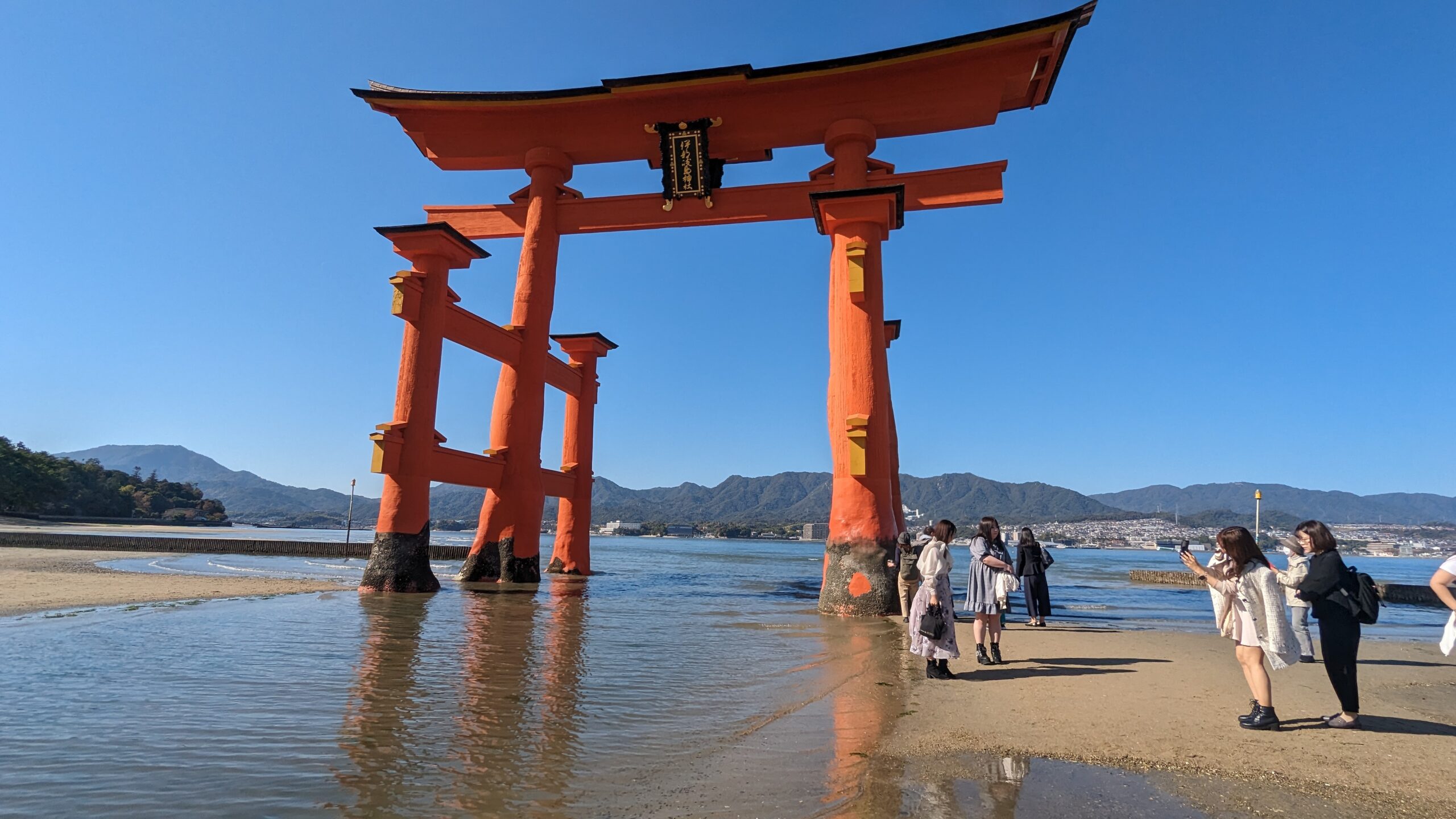Step 3
With your family vision as your compass and your crew excited to set sail, it’s time to chart your course. This is the thrilling part where dreams meet the map. Where in this wide, wonderful world will you make your memories? How long will you go for? And most importantly, what travel rhythm will keep everyone happy and energized?
Let’s dive into the art of crafting a family-friendly itinerary that balances bucket-list wishes with practical reality.
Spin the globe: Choosing your destinations
Start with a no-limits brainstorming session. Unfurl a world map, gather everyone around, and let the dreams fly. What places ignite your curiosity? Encourage the kids to point out anywhere that looks interesting—whether it’s because of the animals, the castles, or just a cool-sounding name.
Now, filter that dream list through a practical lens:
- Your Family Vision: Does a destination align with your ‘why’? If your goal is deep cultural immersion, a series of quick city hops might not be the right fit. If it’s all about nature, prioritize national parks over sprawling metropolises.
- Kid-Friendliness: Is it a place where kids are welcomed? Look for destinations with great parks, interactive museums, and a culture that is patient with little ones. Check for practicalities like the availability of family-sized accommodations and the ease of getting around.
- Safety First: Your family’s well-being is non-negotiable. Consult official government travel advisories (like the U.S. Department of State or the UK’s FCDO) for up-to-date information on political stability, crime, and health risks.
- Climate & Timing: Research the best seasons to visit. You don’t want to land in Southeast Asia during monsoon season or in Southern Europe during a scorching heatwave. Remember, the best weather often means the biggest crowds and highest prices. Consider the ‘shoulder seasons’ (just before or after peak season) for a perfect blend of good weather and fewer tourists.
Connect the dots: Crafting a smart route
Once you have a shortlist of dream destinations, the next puzzle is piecing them together into a logical route. A well-planned path saves you time, money, and sanity.
- Think geographically: Try to avoid zigzagging across the globe. Group countries by region to minimize long travel days and costly flights. A classic ‘Round the World’ route might flow from Southeast Asia to Australia, then across to South America.
- Follow the sun: A great strategy is to plan your route around the seasons, chasing endless summer across the hemispheres. This means less bulky winter clothing to pack!
- Build up the adventure: Consider starting your journey in a country that’s relatively easy to navigate, like Thailand or Costa Rica. This allows your family to find its travel groove before tackling more challenging destinations.
- Visa requirements: This is a big one. Some countries require lengthy and expensive visa applications. Research the rules for each passport holder in your family and factor this into your timeline and route. Some visa processes might dictate the order of your trip.
Find your family’s perfect travel rhythm
This might be the most important—and most overlooked—aspect of long-term family travel. The pace of your journey will make or break the experience.
- Embrace ‘slow travel’: Rushing from one highlight to the next is a recipe for burnout, especially with kids. Slow travel is about lingering longer in one place. Rent an apartment for a few weeks, get to know the local baker, discover the best neighborhood playground, and truly soak in the atmosphere. This is less tiring and far more rewarding.
- The 3-Night Rule: As a general guideline, try to stay a minimum of three nights in any one location. This gives you two full days to explore without the stress of constant packing and unpacking.
- Schedule ‘do-nothing’ days: Don’t cram your itinerary. Build in ‘zero days’ where the only plan is to rest, do laundry, and recharge. Let the kids have a lazy morning with their tablets or spend a whole afternoon at a local pool. These moments are just as important as the big sightseeing days.
- Factor in ‘life admin’: Remember that you’ll still need time for schoolwork, trip planning, and budgeting. A slower pace allows for these real-life tasks without feeling like they’re eating into your adventure time.
Planning tip: Create a simple spreadsheet to map out your potential route. Include columns for Country, Desired Stay (in weeks), Best Months to Visit, Visa Needed?, and a ‘Must-Do’ activity. This will give you a powerful visual overview and help you start piecing the puzzle together.
Remember, this initial plan is not set in stone. It’s a starting point. The real magic of travel happens when you leave room for the unexpected.
